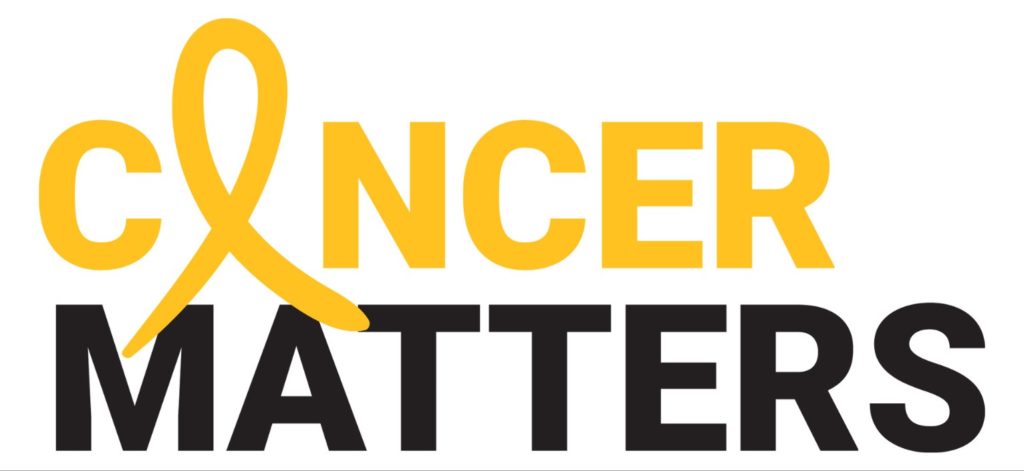
For the greater part of the past two centuries, medicine has been focused on the providing the best possible treatment to manage health conditions, using the idea of “best-fit” grounded on the basis of the “one-size-fits-all” approach.
What does this mean? Effectiveness of treatments is measured on whether they would be effective (i.e. do the greatest good) in the greatest number of the population in which they were needed.
This approach, running parallel to the wave of industrialisation, where things could be produced en masse and cost efficiently, is one of the greatest advances of modern medicine, really changing the way we managed disease, and along with it, health itself.
Cheap, easily available medicine, including antibiotics, has helped us deal with infectious disease epidemics; vaccines have enabled the prevention of the most severe diseases and medical devices such as stents enable us to tackle what was until recently the greatest killer in most parts of the world: cardiovascular and cerebrovascular disease.
Cancer, however, seems to be of a disease that has not quite fit into the “one-size-fits-all” basket. Much of cancer biology rests on the fundamental understanding that it is a genetic disease in which somatically acquired mutations cause uncontrolled growth of one cell clone (1).
This means that different individuals with the same disease may have different mutations causing said disease (1,2). More importantly, treatments for the same disease may work on some really well; while not working so well on others (1).
Thus, the development of what is now being hailed as the future in cancer management: personalised medicine. Personalised medicine is when an individual’s unique characteristics, such as their genetic profile, are used to structure their preventive strategies against cancer; and in the cases of those who have already been diagnosed with cancer, target specific treatments which are highly effective for them (1,2).
Personalised health care in preventing cancer
As mentioned above, one of the two main areas in which personalised health care is being introduced in cancer management is in prevention.
Evidence shows that genetic changes are what causes a normal cell to become a cancerous cell. These genetic changes are thought to occur sporadically, in some cases due to inherited cancer predisposing genes; and now, theories are even converging on how these genetic changes are likely to be some sort of variable combination of the two.
Identification of cancer predisposing genes can help patients who have these genes know that they are “high-risk” and enable them to make decisions on risk modifications which may bring down their risk.
An existing example of this is testing for the estrogen receptor in breast cancer (3). When first introduced, the hormone receptor, which is usually found in breast tissue, was tested in biopsy tissue samples taken for patients to confirm whether or not they had breast cancer (3). If the tissue tested positive for the estrogen receptor, patients usually would receive specific hormonal therapy which was proven effective (3).
However, what is interesting is that when specific estrogen receptor modulators, such as tamoxifen or raloxifene, were given to post-menopausal women at high risk for developing breast cancer, there was highly significant reduction in their rates of actually developing estrogen-positive breast cancers (3).
Thus, testing for the estrogen receptor even in women without breast cancer and subsequently providing them with chemoprophylactic treatment would be a real-world application of preventive health care in terms of prevention.
Although testing for estrogen receptors in women without breast cancer is not current practice, testing for the BRCA gene is currently a common practice, with many labs offering this throughout Malaysia, with the test running into a couple of thousand ringgit (Cancer Research Malaysia (CRM) offers the most cost-efficient site for testing by the way).
The BRCA1 and BRCA 2 gene, when found to be positive, leads to a 45 per cent to 65 per cent risk in developing breast cancer by the age of 70; along with increased risk of ovarian, colon and prostate cancer (1,2).
Unfortunately, though testing for this gene is available, subsequent steps on what to do is still not so clear (1,2). Some individuals opt for prophylactic mastectomy i.e. removal of their breasts though this is a major surgical procedure with the attendant risks; although they have not been diagnosed with breast cancer (1,2). Angelina Jolie was one of them.
Many people opt for a more frequent screening strategy; something often referred to as “watchful waiting” in the world of cancer management.
Personalised health care in cancer treatment
One of the iconic examples of personalised health care in cancer treatment is the development and use of trastuzumab, a monoclonal antibody used for breast cancer patients whose tumour tissues over-express human epidermal growth factor receptor 2 (HER 2) (1,2).
A quarter of all breast cancer patients have an over-expression of this oncogene, which drives the growth of the tumour cell. When these patients received trastuzumab, their mortality was reduced by a third and their rate of recurrence also reduced by 40 per cent.
The development of the diagnostic method to first detect the HER 2 receptor; and subsequently the drug to specifically target this receptor, enabled this specific sub-group of people who previously had poorer outcomes compared to other breast cancer patients, to receive a much needed lease of life.
Another monumental example of the power of personalised health care in cancer management is in how it has transformed the treatment landscape of Chronic Myeloid Leukaemia (CML).
Patients with CML have a genetic mutation, often called the “Philadelphia” chromosome which is a reciprocal translocation between chromosomes 9 and 22 (2,4).
Due to this, they have over-expression of an oncoprotein BCR-ABL along with constitutive tyrosine kinase activity; again acting as one of the growth drivers of tumour cells.
Development of the ability to detect the BCR-ABL protein and subsequently, a group of drugs that could target it, specifically called tyrosine kinase inhibitors, have now made CML a chronic disease that can be controlled, rather than the death sentence that it was earlier (2).
Challenges in personalised health care in the field of cancer management
Although we can see the tremendous promise of personalised health care in the field of cancer, it’s no easy road ahead. There are still many gaps; in terms of discovering the correct predictive or prognostic biomarkers for the different subtypes within each cancer (4).
For example, even currently in breast cancer, three receptors are commonly assessed: the estrogen receptor (ER), the progesterone receptor (PR), and the human epidermal growth factor receptor 2 (HER 2).
The first challenge is making sure that all patients receive access to currently available testing for the receptors; and this is connected to making these tests cost-effective for large populations (3,4).
The second gap which needs to be bridged is in terms of ensuring that patients who do test positive for these tests have the ability to receive interventions appropriate to their results (4).
For example, patients whose breast tissue biopsies test positive for the HER-2 receptor should be able to obtain the appropriate drug treatment specific for their type of breast cancer.
Currently, as even with the BRACA gene, definitive intervention pathways do not exist (4). Making sure treatments exist for specific tests before casually testing patients for these specific receptors is critical; as this may even be a violation of a patient’s human rights!
The third gap is in the merging of these individual tests to form a more comprehensive and cohesive set of screening or diagnostic tests. Currently, most tests are individual i.e. they only test for one receptor (1,2,4). Thus a person undergoing workup for lung cancer, for example, may need multiple tests, each from a different manufacturer and most importantly, costing differently.
The feasibility of doing such a multitude of tests, especially now with more and more specific predictive or prognostic biomarkers being discovered and deployed every day, will continue becoming lower due to this (4).
Finally, it must be also understood that more specific diagnostics and more targeted treatment are essential parts of the developing context of personalised health care; but in cancer management there is also an equally important dimension to be considered: that of financing.
The evolution of personalised health care needs to be alongside the evolution of health care financing in order to fund these wonderful breakthroughs (1,2,4). Or else, they will remain space-age innovations accessible to only the elite few who are able to pay for space travel.
References
- Jackson SE, Chester JD. Personalised cancer medicine. International journal of cancer. 2015 Jul 15;137(2):262-6.
- Ciardiello F, Arnold D, Casali PG, Cervantes A, Douillard JY, Eggermont A, Eniu A, McGregor K, Peters S, Piccart M, Popescu R. Delivering precision medicine in oncology today and in future—the promise and challenges of personalised cancer medicine: a position paper by the European Society for Medical Oncology (ESMO).
- Martino S, Costantino J, McNabb M, et al. The role of selective oestrogen receptor modulators in the prevention of breast cancer: comparison of the trials. Oncologist 2004;9:116–25.
- Horgan D. From here to 2025: personalised medicine and healthcare for an immediate future. Journal of cancer policy. 2018 Jun 1;16:6-21.

Cancer Matters is a column on various issues related to cancer in Malaysia. Dr Murallitharan M. is the Medical Director of the National Cancer Society of Malaysia (NCSM). He can be reached via email at [email protected]
- This is the personal opinion of the writer or publication and does not necessarily represent the views of CodeBlue.








